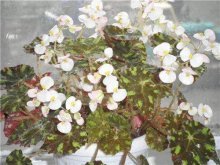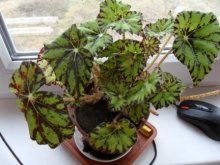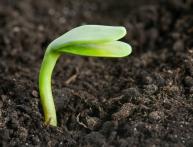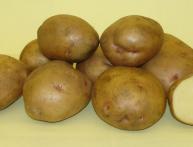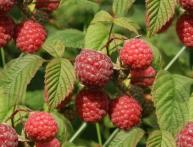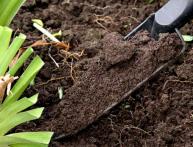Tiger begonia: care features, reproduction, pest control
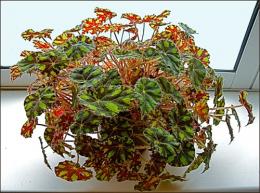
Tiger begonia is an ornamental indoor plant that attracts attention with its beauty, compactness and low maintenance requirements. She is a representative of one of the largest genera of begonias, numbering about two thousand species, differing in shape, color of leaves and flowers. Tiger belongs to the group of decorative deciduous begonias and is valued for the beauty of its leaves.
Content:
Features of plant care
Tiger begonia attracts attention with its leaves, the pattern on which resembles a tiger - small greenish spots on a brown background. The leaf is heart-shaped and beveled, with small teeth at the edges, very pleasant to the touch. Tiger begonia flowers are inconspicuous, like those of all decorative deciduous relatives.
Most often they are removed so that they do not take nutrients from the beautiful leaves. This plant is not capricious and does not require special care, but some of its features need to be known in order for the begonia to feel comfortable:
- Watering. Begonias are native to the tropical forests of America and Mexico. Therefore, the most acceptable microclimate for them in the house is moist soil and air. But the plant does not like waterlogging, which can cause root rot.It is better to water as the earthen ball dries along the edge of the flowerpot, so that water does not get on the leaves. The water should be settled and at room temperature.
- Air humidity. To prevent the begonia leaves from drying out, the flowerpot with the flower must be placed on a tray with pebbles or expanded clay, constantly watering them. The leaves do not like spraying, reacting to it with the appearance of red spots.
- Air temperature. Begonia feels most comfortable at a temperature of plus 16-18 in winter, and no more than 22 degrees Celsius in summer.
- Sunlight. The flower does not like direct sun rays and does well in partial shade or in diffused light. It would be ideal to place flowerpots with flowers on windows located on the north, northwest and east sides. It is desirable that the lighting be uniform in summer and winter.
Begonia transplantation and propagation
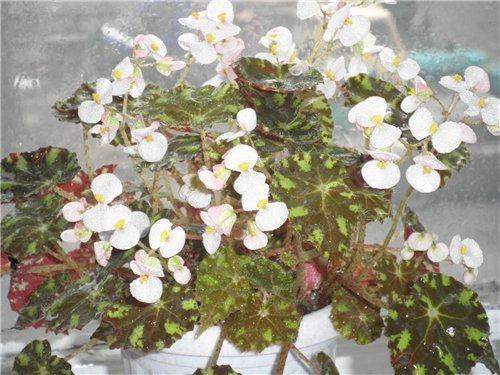
Replant young begonia necessary every spring in a larger pot. An older plant needs to be replanted once every two years. An unreplanted flower loses its decorative effect, its leaves fade, become smaller and have a sickly appearance. After transplanting, it is advisable to trim the leaves to allow the plant to take root. The transplanted begonia should be kept out of the sun, in a dark place, for several days.
The soil most suitable for begonia consists of equal parts of leaf, turf, coniferous soil, sand and humus. Feeding should be done very carefully, no more than once a month. Begonia does not like an excess of nutrients and can get sick.It is better to make the fertilizer solution less saturated than indicated in the instructions.
The plant propagates by stem and leaf cuttings, bush cuttings or seeds. But the most popular method is cuttings. A cut cutting with three leaves is planted in prepared warm soil and placed in a dark place. Water moderately, you need to take care of air humidity.
Leaf stalks are cut from healthy plant, immersed in a container of water or placed directly in the ground. The use of root vegetables and the creation of greenhouse conditions will speed up the process of root formation. Within a month, the rooted plant is planted in a permanent place.
Diseases and pests
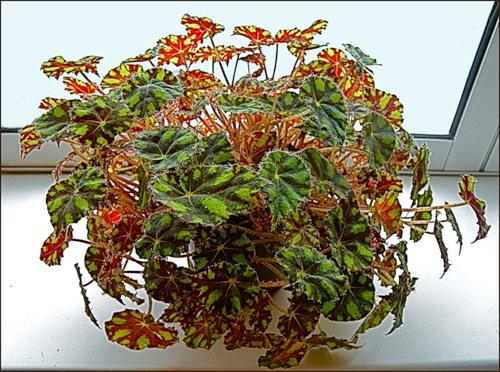
Increased air humidity required for wellness begonias, can cause the development of pathogenic microflora if the plants are too crowded on the windowsill and there is obstructed air movement near them. To avoid the development of infection, it is enough to create free space around the flower pot. Indeed, in the natural environment, begonia grows in wind-blown areas. But flowers do not like drafts and when ventilating, it is necessary to protect them from active air movement. If damaged, it should be treated with fungicides.
Pests that attack begonias include aphids and spider mites. They live on the underside of the leaf and feed on its juices. A fertile environment for their reproduction is very dry air. It is necessary to treat a diseased plant only from the back side with a soap solution or insecticide if the damage is significant. Treatment can be carried out in several stages until complete destruction of pests.
Begonia is not only a very beautiful plant, but also a wonderful antidepressant, feeding people with its energy, giving determination and helping to cope with problems.
For information about the types of begonia and its care, watch the video:
Interesting information about the vegetable garden

